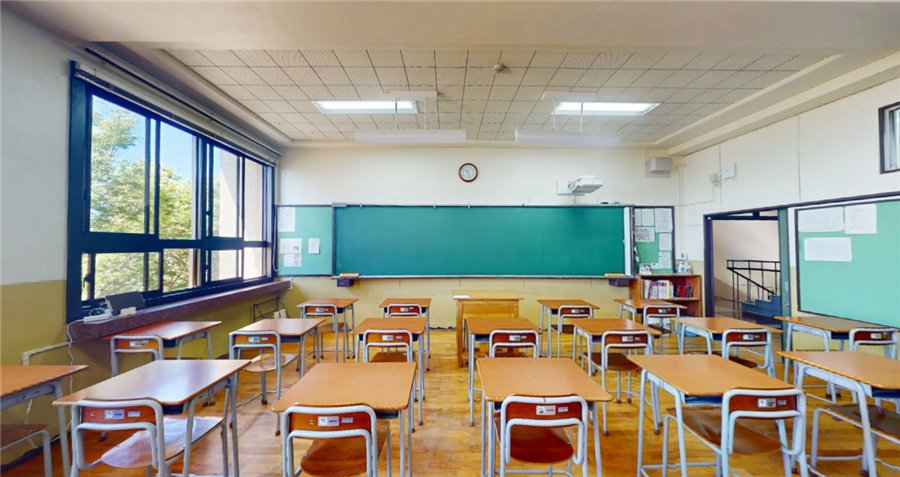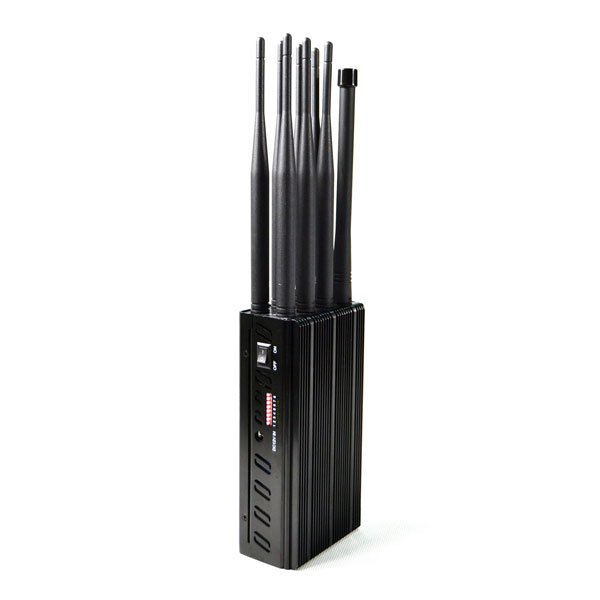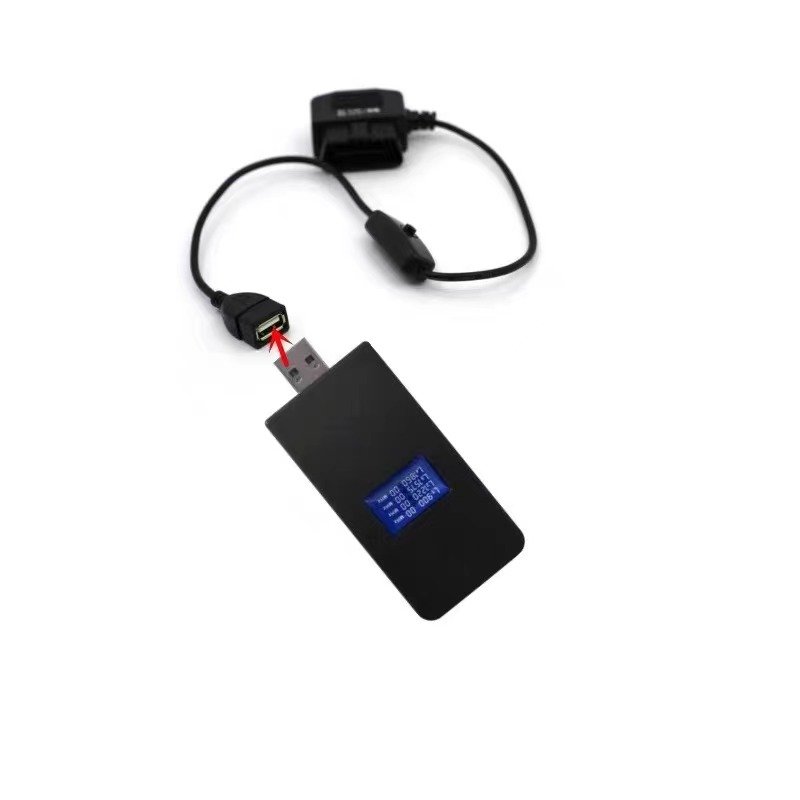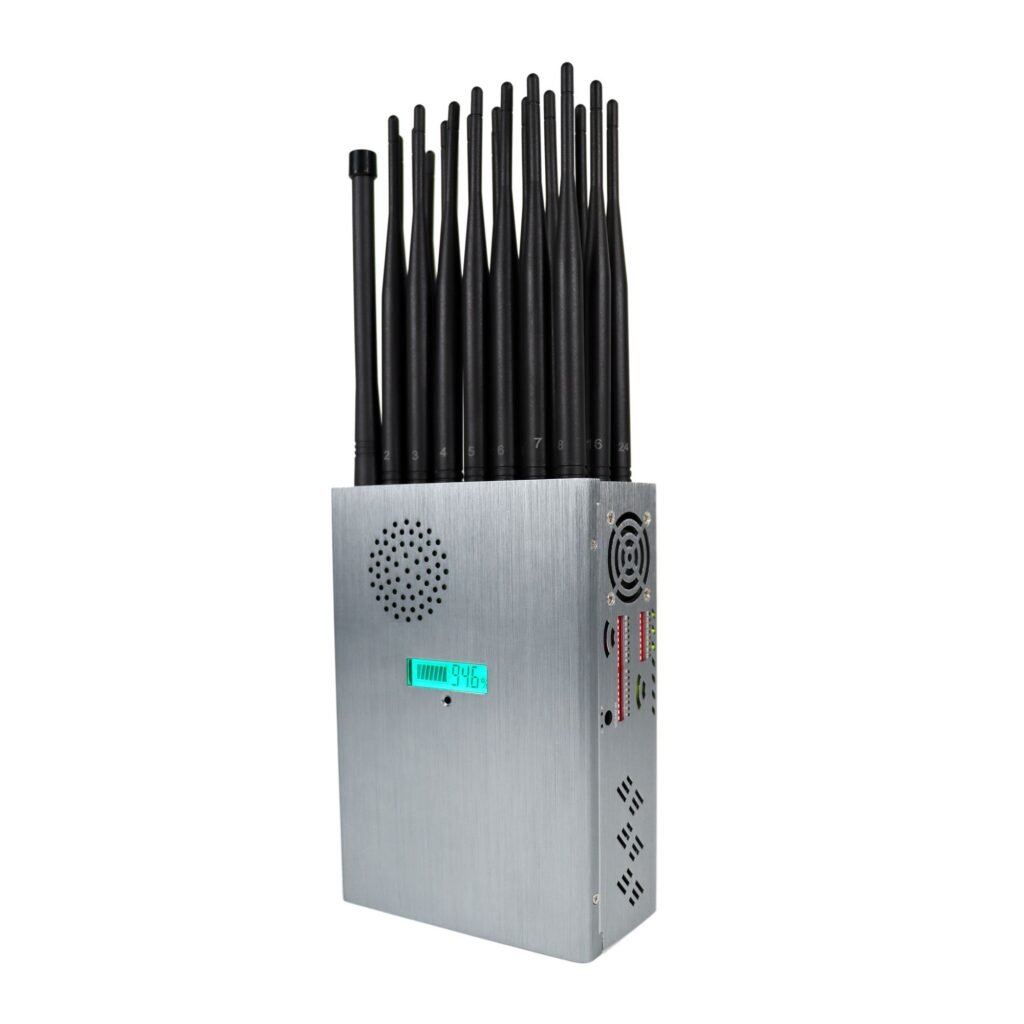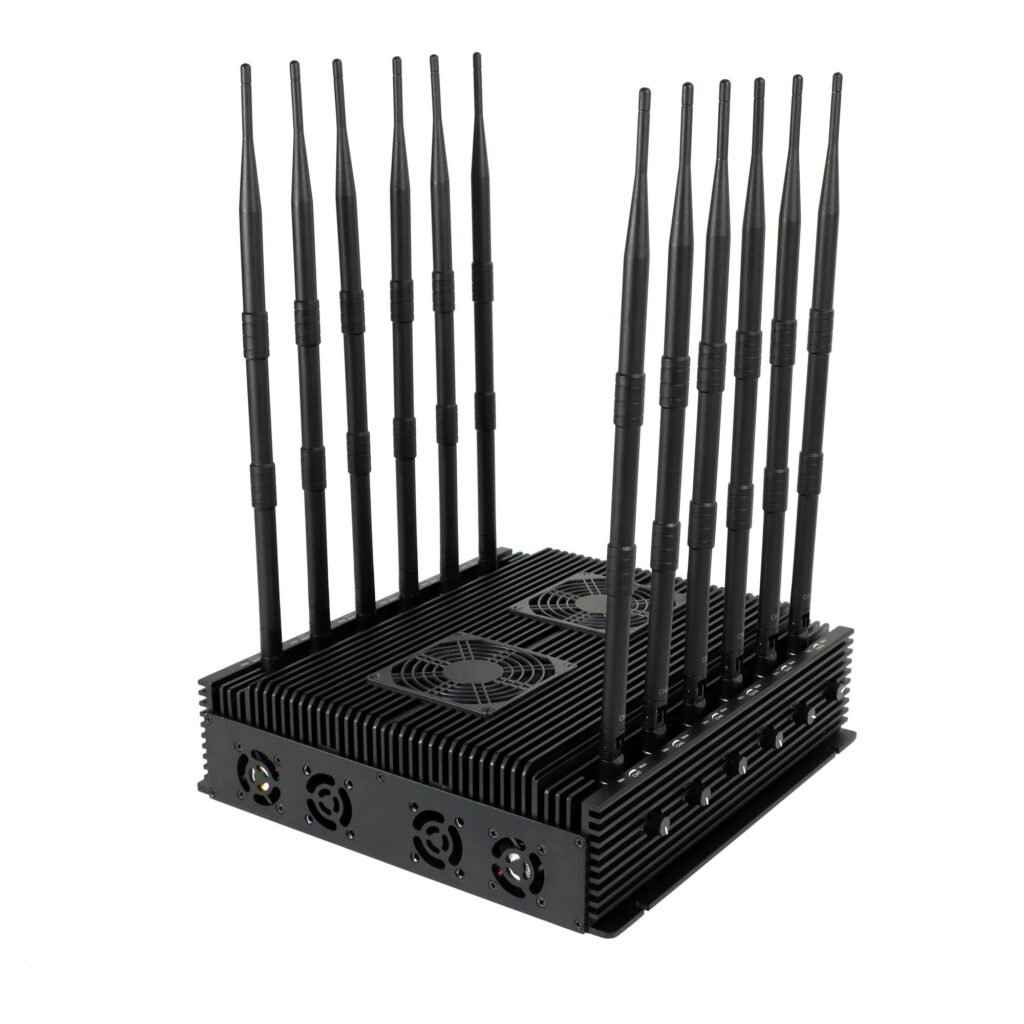I have previously published an article about jammers in schools entitled "Is it necessary to use a cell phone jammer in the examination room?". The previous article was mainly about the need for schools to use cell phone jammers in exam rooms. Not only in the school exam room, we will analyze the role and benefits of using jammers in schools from the perspective of the whole school.
When we were still at school, we often saw a device at school that was about the size of a cake box. We often called this a Cell phone jammer. So why should schools install these devices? The reason is actually quite simple: the main function of a cell phone jammer is to jam cell phone signals and block the phone's communication with the outside world. This prevents students from using their phones at certain times.
Let me analyze the role of jammers in schools in detail:
The effects of cell phones: Why do we need jammers?
Several studies have shown that cell phone use can significantly distract students. Even using a cell phone for study-related purposes, such as taking notes, can cause learning material to be distracted. These negative effects have caused concern among many educators.
To solve these problems, cell phone jammers have been developed. These jamming devices can disrupt cell phone signals, block cell phone communication and help teachers regain control of the classroom. Although their operation seems complicated, they are very simple to use - just press a button to restore quiet to the classroom.
Taking back control of the classroom: The basics of jammers
For teachers who are concerned about their students being distracted during lessons, classroom jammers can be an ideal solution. With these devices, teachers can:
- End text messages and calls between students immediately;
- Prevent students from cheating on tests with their cell phones;
- Prevent cell phone ringing and vibrations from disrupting lessons.
Jammers are very simple in design and usually consist of the following main components:
- An on/off switch;
- An indicator light that shows the status of the appliance;
- Several antennas for transmitting the interference signal.
Higher power jammers can have external antennas to provide a greater range of interference. Some devices also allow the jammer output power to be adjusted to ensure that the signal in neighboring classrooms or areas is not unnecessarily affected.
Use during the exam: avoid cheating in exams
The article I wrote analyzing the necessity of using cell phone jammers in exam rooms: "Is it necessary to use a cell phone jammer in the examination room?". Simply put, cell phone jammers interfere with signals and make it impossible for students to use their cell phones to search for answers or communicate with the outside world. This significantly improves the fairness of the exam. The range of most jammers is long enough to disrupt an average classroom. However, if an emergency occurs or you need to re-establish communication between classes, you can restore the cell phone signal immediately by simply turning off the device.
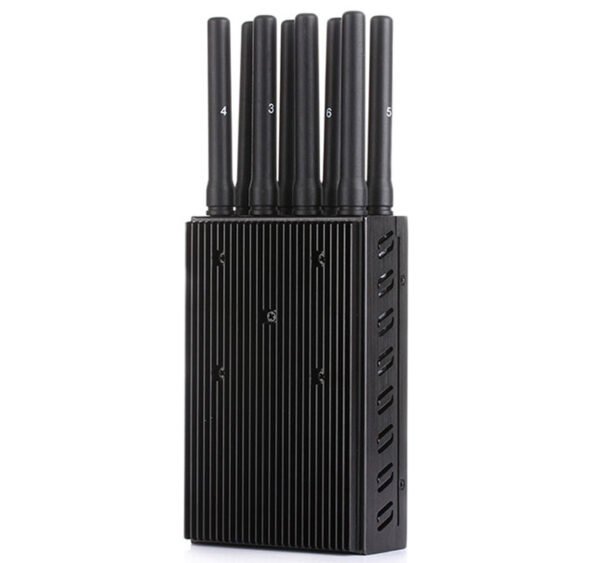
In some small classrooms or on certain occasions, small jammers can be used, for example our SDP08HDwhich even looks like an ordinary cell phone. This portable device has low power, but is sufficient to cover the need for signal interference in a small area.
Tackling a new problem: Cyberbullying and cell phone use in the classroom
In addition to distraction and cheating, cell phones have created a new problem in the classroom: Cyberbullying. If you're a teacher, you may find that some students are using text messaging or social media to electronically harass others in class. Not only does this affect the learning atmosphere, but it can also be detrimental to students' mental health. This phenomenon further underscores the importance of monitoring cell phone use in the classroom, and jammers are an effective way to address this issue.
The benefits of disrupting mobile signals in the classroom
In general, the use of a cell phone jammer in the classroom offers the following advantages:
- Avoid cheating in exams: Interfering with cell phone signals can effectively prevent students from retrieving answers over the Internet.
- Eliminate distractions in the classroom: Prevent lessons from being interrupted by ringing cell phones, text messages, etc.
- Focus on the training: Reduce the distraction of the students and refocus their attention on the content.

If you are looking for a cell phone jammer for use in the classroom, we recommend the model SDP10DT. This device is specially designed for classrooms and can interfere with multiple signal frequency bands, including 5G. Of course we also have other models to choose from, feel free to contact us via official email so we can recommend the right device for you.
Above, I analyzed the role of cell phone jammers in schools. In the following, I will analyze other problems related to the use of jammers in schools.
What teachers and parents think about the use of jammers in schools
The question of whether schools should use jammers has triggered a broad debate among parents, pupils and teachers, particularly in California. The discussion has centered on the effectiveness and necessity of jammers, with different groups expressing completely different attitudes and concerns. This issue not only reflects the expectations of the educational environment, but also involves regulatory and legal restrictions on the use of technology.
Parents' attitudes towards jammers: Support and concerns
Reasons for the support
In California, many parents support the use of cell phone jammers in schools as they believe it is an effective way to reduce distractions in the classroom and improve concentration while learning. They pointed out that cell phones have become a major source of distraction in the classroom. Students would often text, browse social media or play games on their cell phones during class, preventing them from fully concentrating on their studies. In addition, I have heard from some parents who are concerned about their students cheating on tests or cyberbullying via their cell phones. They believe that jammers can help schools create a more focused and safer learning environment.
Concerned voice
However, many parents are skeptical about this measure, mainly because of the possible negative effects of jammers. Especially in emergency situations, signal jamming can result in children not being able to contact their families in time, which makes some parents uncomfortable. (In response to this parental concern, I think that the jammer can be turned on in important places and at important times such as classes and exams, which can take advantage of the benefits of the jammer and avoid parents' worries).
Student opinion on jammers
The students' attitude towards the use of jammers in school is generally negative to critical. While they acknowledged that cell phones interfere with the learning process to some extent, most students felt that completely disrupting the signal was not the best solution to the problem.
The position of the educator: a difficult balance
The educators' dilemma
Many teachers in California believe that cell phones in the classroom are indeed a challenge that cannot be ignored. Students frequently use cell phones, which distracts their attention in class and decreases their learning efficiency. To combat this, some educators have tried to implement "no cell phone rules". For example, students have been required to place their cell phones in designated storage areas during class, or "no cell phone zones" have been established. However, these measures are often not fully effective as students always find ways to circumvent the rules, making administrative work stressful and frustrating.
Considerations for school administrations
School administrators face more complex trade-offs. On the one hand, they are under pressure from parents and teachers to take measures to reduce the disruption caused by cell phones in the classroom. On the other hand, they must comply with legal regulations regarding jammers.

